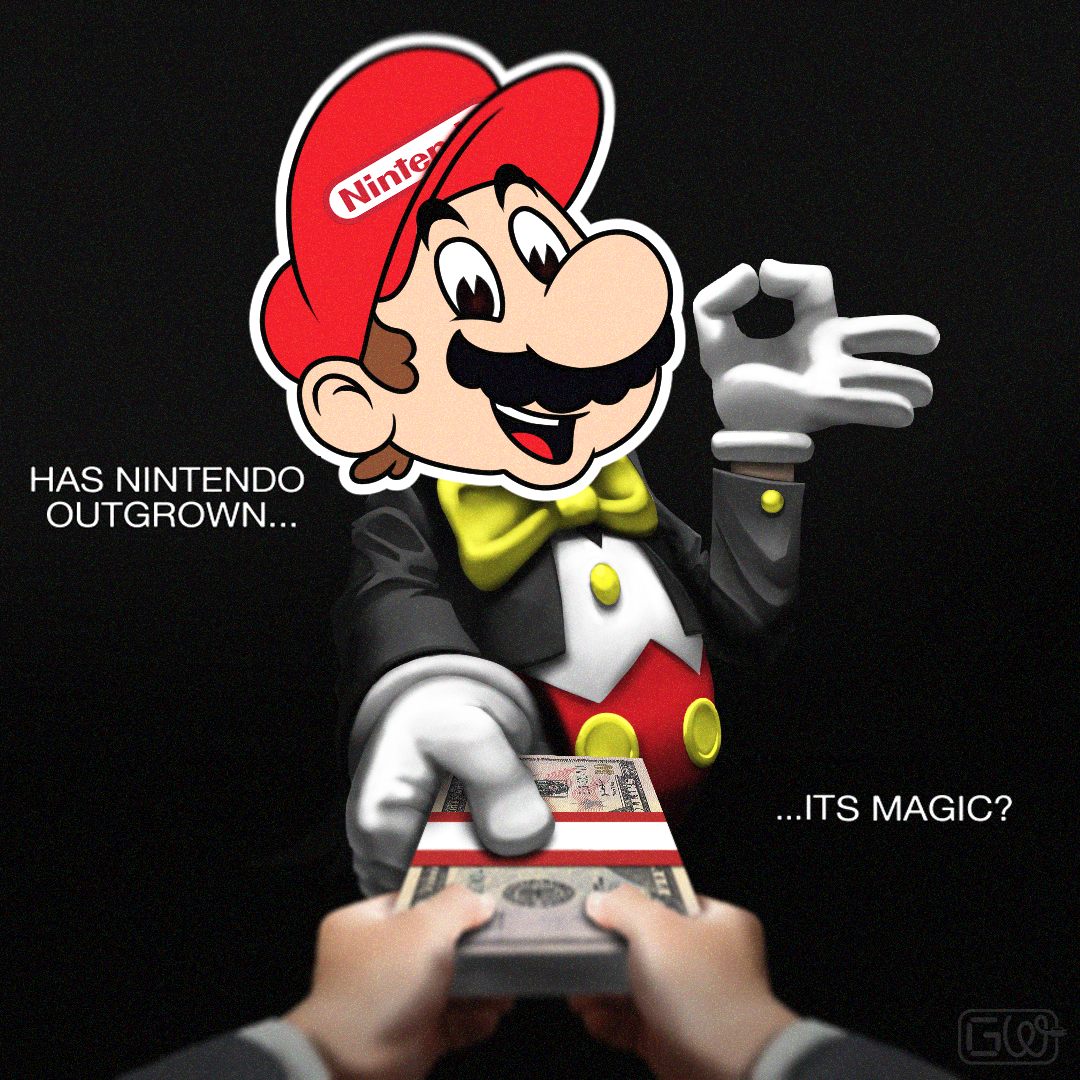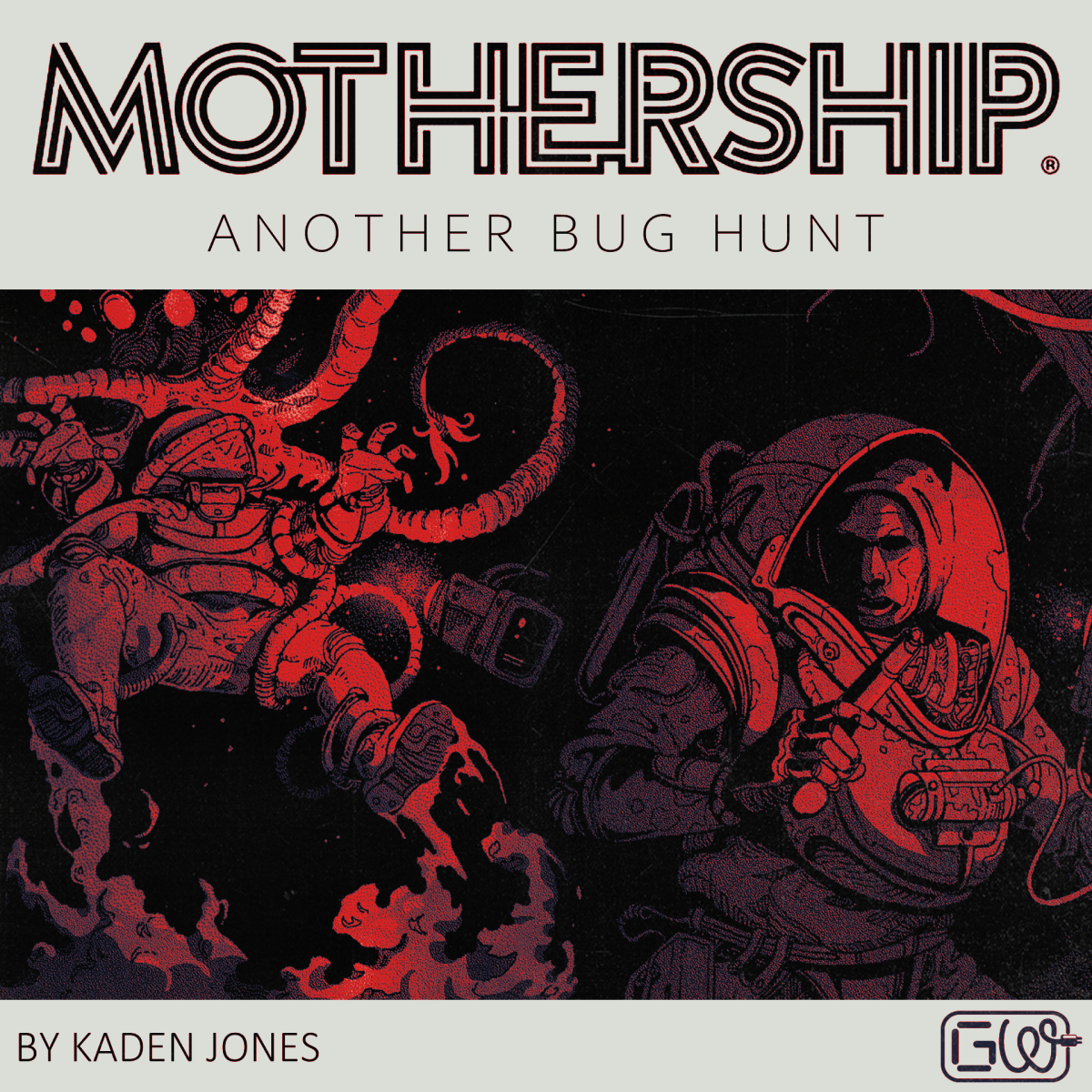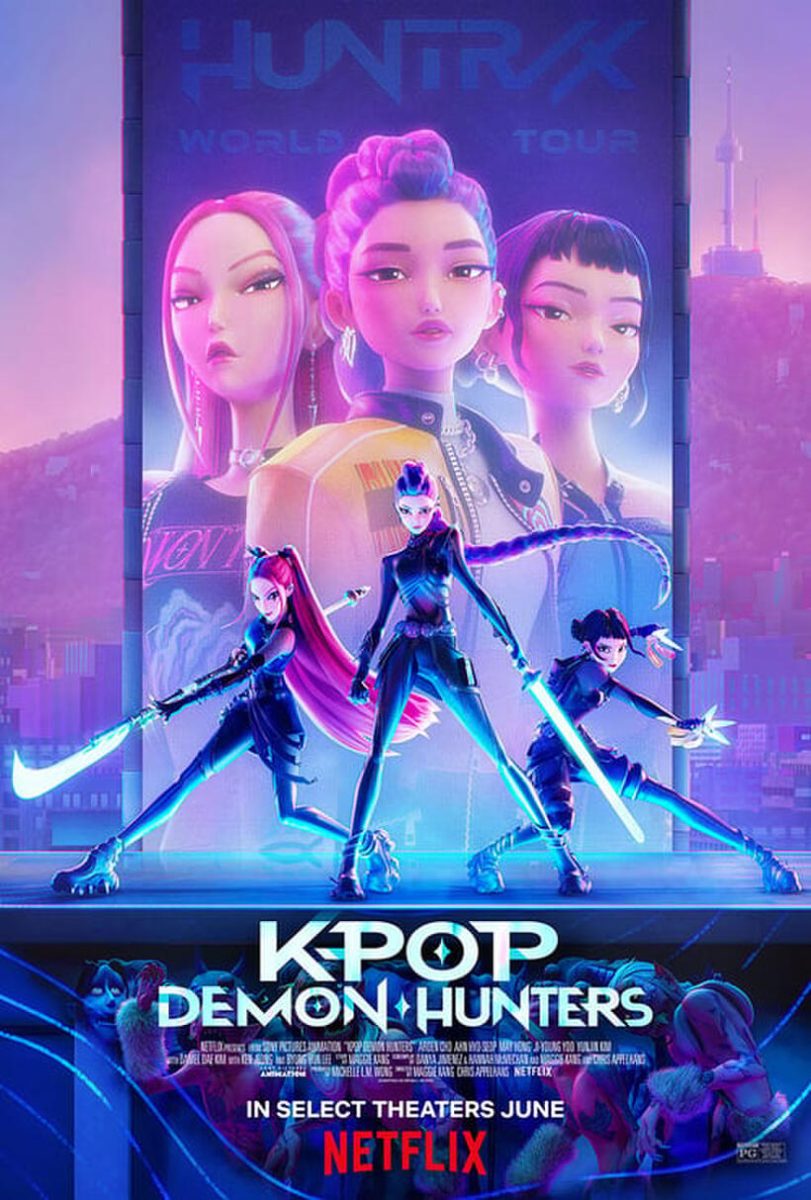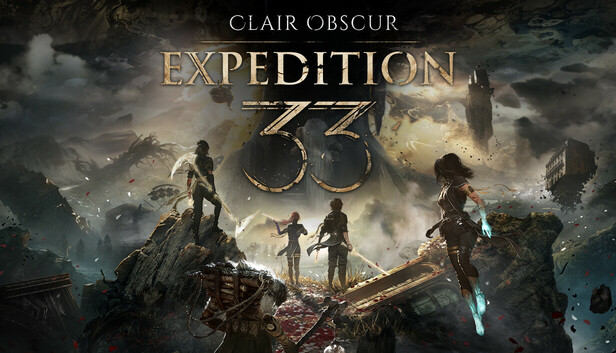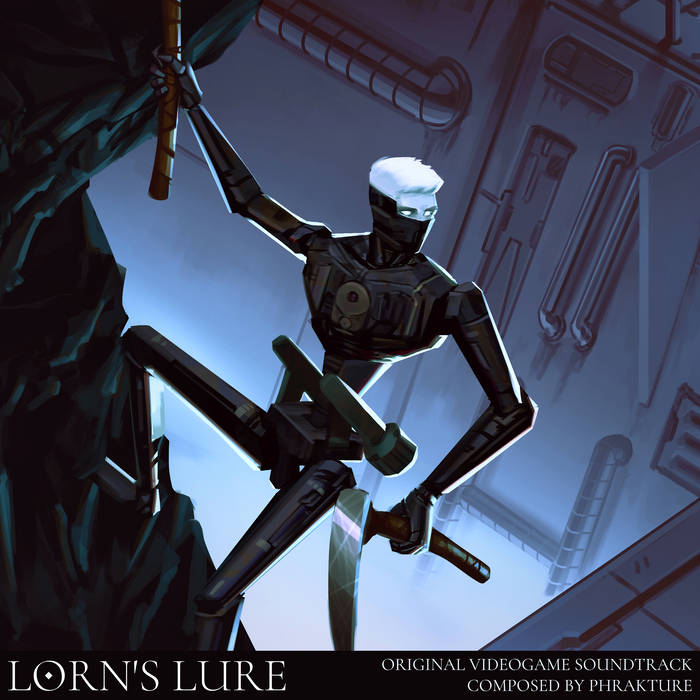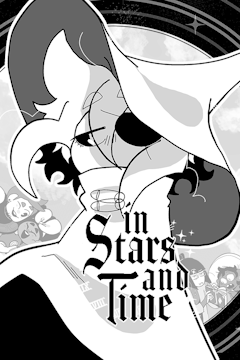With the launch of Switch 2, all eyes are on Nintendo to see how their new system will perform, particularly with their all-time high pricing. However, many have looked beyond the price to find a different disappointing aspect of the console– its lack of clear identity.
Nintendo has always stood out for its ability to carve a unique path within the Gaming industry. From its beginnings revitalizing the home-gaming market, to its pioneering foray into the 3D landscape, or even to the mass commercial appeal of the Wii, Nintendo has found unique success in doing the unconventional.
Even in recent history, Nintendo showed they were not afraid to be different. GameCube was an imposing purple box, the Wii had a unique Frutiger Aero aesthetic and charm, and the 3DS had tons of menu themes and customization options to choose from.
From the announcement of the Nintendo Switch, it was clear that the company would be leaning into that kind of whimsical identity once again. The console was the first ever true hybrid at-home and handheld option, allowing true freedom in how player’s experience its dense library of games. The console was, of course, a monumental success for Nintendo, becoming its second-highest selling console and the third highest-selling console of all time.
However, there is one glaring shortcoming with the system, and it makes itself known every single time the user powers it on – its lack of personality. With no menu customization, a lack of music, and a general lack of identity, the Switch feels sterile compared to Nintendo’s past products. Why does the Switch not prioritize its user interface, and why does it seem the Switch 2 is following in its footsteps?
Greeted by Silence
Starting with the Gameboy Advance, Nintendo began giving consoles animations, screens, or sound bytes to welcome players to the console. The Gamecube, released shortly after the Gameboy Advance, really set this precedent for Nintendo’s home consoles. Though the Wii did not have animation or music, it did prompt the player to press a button, opening them to the larger menu and playing serene music. The Wii U took a similar approach, as did the DS family of systems. The 3DS would throw the players directly into the menu, which did have music, however.
The Nintendo Switch does have a sort of startup screen, but it simply prompts the user to input three button presses, before displaying another silent menu. There are sound effects as the player scrolls through or presses buttons, but the entire thing feels notably quieter than the other consoles.
What Happened to Themes?
After the player makes it to the menu on the Nintendo Switch, there is a distinct lack of visual interest. Though the Nintendo’s home consoles never allowed for much customization, there was always something distinct about its menus, whether it be the Wii’s channels, or the Wii U’s avatars (Miis), it never felt quite as empty as it does on the Switch.
The Nintendo 3DS had a feature called “Themes” where a user could download (usually for a small fee) cosmetic changes to their home menu. This was not required in the slightest, and the feature could be altogether ignored, but it gave users the freedom to truly make their system their own. The Nintendo Switch also calls their menu settings “Themes”, but they only allow users to choose between “light” and “dark”. Many held out hope that Nintendo would later introduce themes, even for an upcharge, but the time never came. Unfortunately, it looks like the Switch 2 will carry on this legacy.
The Switch 2’s interface looks nearly identical to its predecessor, with the exception of some rounded corners and added buttons. This is disappointing for many reasons, but the general message it sends is that Nintendo is playing it safe for this console.
No Music
Nintendo has always had incredible game soundtracks and music, but even some of their menu music has stood out. Music from the Wii era of games in particular stands as some truly remarkable pieces that perfectly encapsulated the Wii’s personality. The Wii U continued to iterate and develop upon this particular style of menu music, but the Switch offered the opportunity for Nintendo to do something new and truly exciting. Unfortunately, the Switch is devoid of any sort of soundtrack and music. The Switch eShop in particular has stood out to fans as being oddly silent.
With the reveal of the Switch 2, many hoped Nintendo would take a different approach to the UI, music included. However, both images and information from the company has shown that they are truly aiming for the console to be an extension of the Switch, and will not include music in its menus.
In an article from Polygon, Chelsea Stark references Switch 2 producer Kouichi Kawamoto’s response to the lack of music, saying that he believes since the eShop is so centered around videos showcasing gameplay, it does not make sense to also play menu music. This is understandable reasoning, but so much of the Switch 2’s shop is built around navigation, not exploring individual game pages, so the omission of menu music really seems like a cost/time-cutting measure more than anything else. The music of the Wii-era was spectacular, but unfortunately, it seems it was lighting in a bottle that Nintendo refuses to even try to catch again.
Are Miis Invited?
Another huge piece of the Wii’s identity were “Miis”: avatars that players could design to resemble themselves, and then insert into various games. Even installments like Mario Kart allowed players to see themselves on screen. The 3DS family of systems and Wii U would also feature Miis in this prominent position. Nintendo developed games like Tomodachi Life and Miitopia entirely around the Miis. When the Switch came out, fans were excited to see that Miis stuck around, though in a notably downplayed role. They are much less integrated into games and hardware now, and can only really be created through profile menu screens. Instead of seeing Miis interact in their own little world, they are relegated to small static images deep in the Nintendo Switch menus.
It is incredibly likely that the Switch 2 takes the same approach, but it is also entirely possible Nintendo will begin to phase out Miis altogether. This would be a shame, as it is yet another thing that sets the company apart, and allows the player to become fully immersed in the console experience. The Miis allowed the player to see themselves in games across the entire console, in social hardware experiences, and even on menus. It added a layer of cohesion, character, and charm that is truly invaluable.
Conclusion
Though they may seem trivial on their own, each of these ingredients are key in crafting an identity and personality for these products. They create experiences that go beyond a library of games and connect to the system as a whole. As a kid, I spent a significant amount of time just navigating through the various menus of the Wii – creating Miis, using the mail system, or exploring the eShop. I customized my 3DS menu screen with themes and badges, and organized apps and games into folders.
The Switch was incredibly successful, but I hope that Nintendo does not interpret this success as an acceptance of the omission of identity from their systems. These consoles have the potential to become an extension of the player, and for a while, it really felt like they were. Nintendo is at an unprecedented time in the history of the company, where they have found monumental financial success in a pivotal time for the video game industry. Here, they must face a choice of whether to go that extra mile, and create an experience, or whether they will simply make a console.
Sources:
Stark, Chelsea. “Why music will likely never return to Nintendo’s eShops.” Polygon, April 7, 2025.
Check out our latest post about Clair Obscur: Expedition 33!

